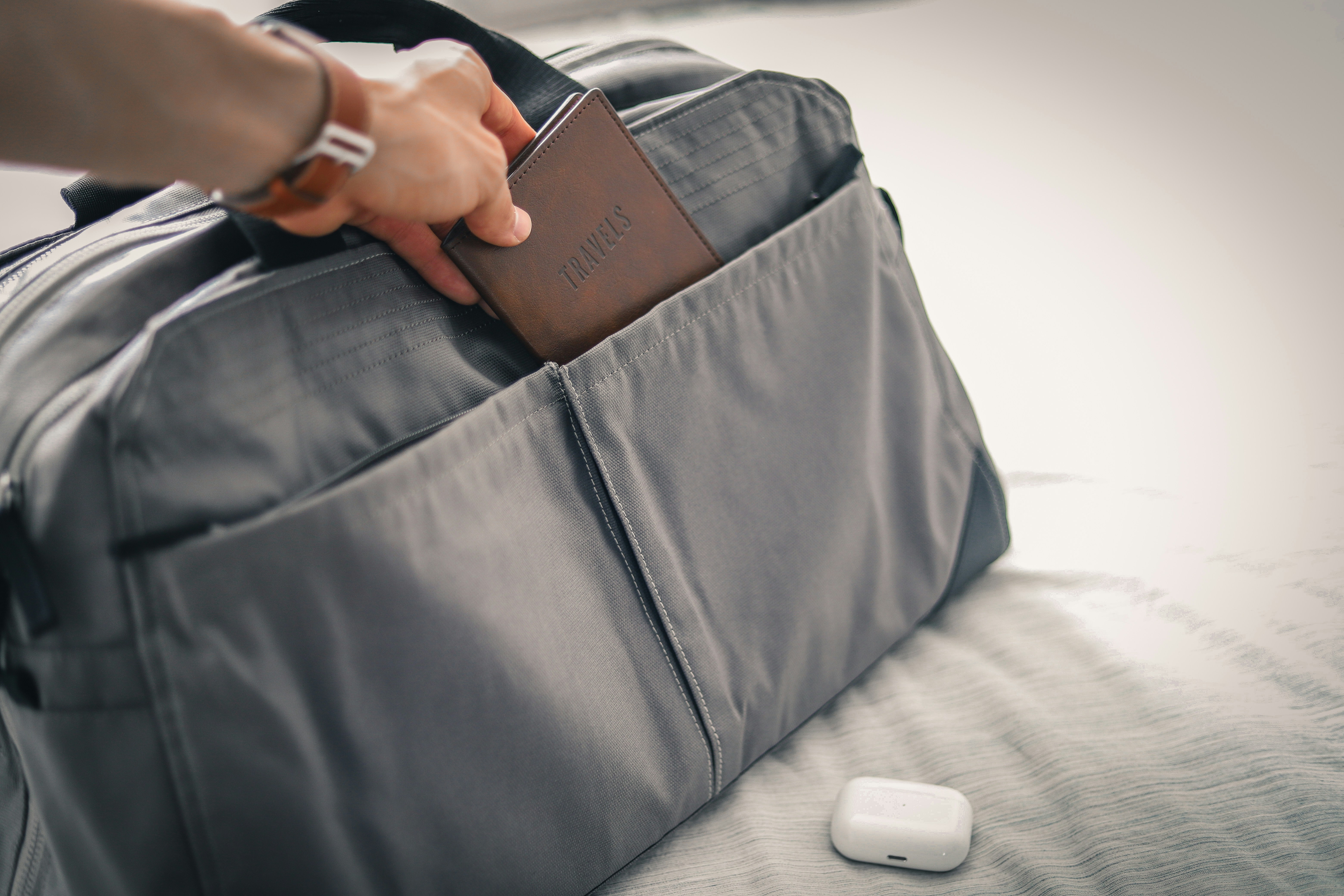Foolproof Methods to Safeguard Your Laptop’s Display
Your laptop’s display is one of its most vulnerable components, yet it’s also one of the most essential. A cracked or malfunctioning screen can render your laptop nearly useless and lead to costly repairs or replacements. Protecting your laptop’s display isn’t just about being careful; it’s about taking proactive steps to ensure its longevity. Here are some foolproof methods to safeguard your laptop’s display and keep it in pristine condition.
1. Invest in a High-Quality Laptop Case
One of the simplest ways to protect your laptop’s display is by investing in a high-quality, padded laptop case. Whether you’re commuting, traveling, or just storing your laptop at home, a case provides a cushioned barrier that can absorb shocks and prevent accidental drops from damaging your screen.
Tip: Look for a case that’s specifically designed for your laptop model. A snug fit ensures better protection, reducing the chances of the laptop shifting inside the case during transport.
2. Use a Screen Protector
A screen protector is a thin layer of material that adheres to your laptop’s display, guarding it against scratches, smudges, and minor impacts. While it may not prevent a screen from shattering in a major accident, it can certainly help reduce wear and tear from daily use.
Tip: When applying a screen protector, make sure to clean the display thoroughly to avoid trapping dust particles underneath. This will also ensure a smooth, bubble-free application.
3. Avoid Direct Pressure on the Display
Many people unknowingly apply pressure to their laptop screens, especially when closing the lid. Even light pressure can cause damage over time, leading to pixel issues or cracks. Always close your laptop gently, using both hands to apply even pressure on both sides of the lid.
Tip: Never place heavy objects on top of your laptop, even when it’s closed. The weight can press down on the display, causing long-term damage.
4. Keep Liquids Away
Spills are one of the leading causes of laptop damage. While most people are cautious about keeping drinks away from the keyboard, it’s equally important to prevent liquids from getting near the display. A single drop of liquid can seep into the screen’s edges, leading to water damage that may not be immediately noticeable but can worsen over time.
Tip: If you must have a drink near your laptop, use a spill-proof container and always place it on a stable surface away from the device.
5. Clean with Care
Regular cleaning of your laptop’s display is essential, but it’s crucial to do it the right way. Use a microfiber cloth to gently wipe away dust and fingerprints. Avoid using paper towels or other abrasive materials that can scratch the screen.
Tip: For deeper cleaning, use a screen-safe solution. Lightly dampen the microfiber cloth with the solution and wipe the screen in a gentle, circular motion. Never spray the solution directly onto the screen, as this can lead to moisture seeping into the display’s edges.
6. Adjust Brightness Appropriately
Constantly running your laptop at maximum brightness can not only strain your eyes but also reduce the lifespan of the display. High brightness settings generate more heat, which can lead to screen burn-in and other issues over time.
Tip: Adjust your screen brightness to suit your environment. In well-lit rooms, lower brightness levels are usually sufficient and can help preserve your display’s longevity.
7. Avoid Extreme Temperatures
Exposing your laptop to extreme temperatures can cause significant damage to the display. Cold temperatures can make the screen brittle, while excessive heat can cause pixel burnout or discoloration.
Tip: If you’re using your laptop outdoors, avoid direct sunlight and seek shade to prevent overheating. During winter, allow your laptop to warm up to room temperature before turning it on if it’s been exposed to the cold.
8. Handle with Care
While it might seem obvious, handling your laptop with care is the best way to protect its display. Always carry it with both hands, avoid placing it on uneven surfaces, and never lift it by the screen.
Tip: When passing your laptop to someone else, close the lid first. This simple action reduces the risk of accidental drops or bumps that could damage the display.
Final Thoughts
Protecting your laptop’s display requires a combination of careful handling, regular maintenance, and investing in the right accessories. By following these foolproof methods, you can significantly reduce the risk of damage and ensure that your laptop’s screen remains clear, vibrant, and functional for years to come. Whether you’re a student, a professional, or a casual user, safeguarding your display is a smart and essential practice for getting the most out of your laptop.












Post Comment